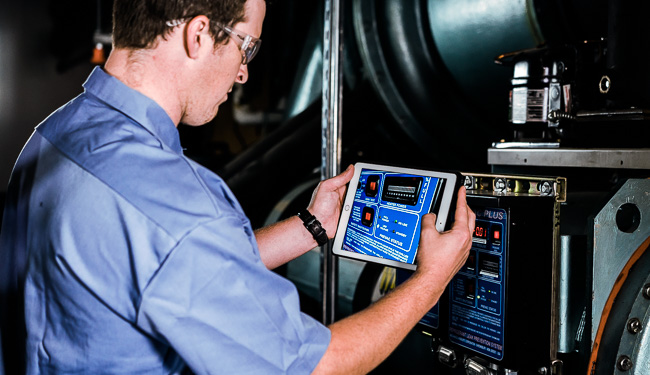
Proven Marketing Strategies for Success: Insider Tips They Don’t Want You To Know About
When it comes to marketing, everyone seems to know the blueprint to success. But the truth is that most effective marketing strategies aren’t hidden; they’re just underused. The real power of marketing lies in mastering the basics and consistently applying them to your campaigns. The insider marketing tips that can actually help you outsmart the competition and achieve real results aren’t hidden, they’re actually in plain sight.
Building on a Strong Foundation
Before starting any marketing strategy, it’s imperative to have a deep understanding of each target audience. You’ll need to ask yourself who they are, what their needs are, their pain points and their goals. A valuable marketing tip that veteran marketers follow is that they invest time in getting to know their customers. This is more than just age and location, it’s about understanding their motivations for interacting with your brand. Using tools like surveys, customer feedback and social media insights helps to gather information and build buyer personas. Knowing your audience inside out can lead to the ability to create messages that resonate and build campaigns that deliver real results.
Content Marketing
Content is king. But it’s a lot more than just uploading three times per day. It’s about creating valuable, relevant content that answers your audience’s questions. This may include how-to guides, informative videos, and case studies. All it takes is understanding that your content should position your brand as a helpful resource. A well-executed content strategy is one of the most powerful marketing tips because it builds long-term relationships. The audience must feel that they’re being taught rather than sold to.
SEO: The Key to Visibility
SEO isn’t as glamorous as social media, but it’s still one of the most important factors for online visibility. Optimising your website for search engines ensures the right people see your content. Keyword research, optimising page speed and mobile friendliness are all fundamental marketing tips required that can improve your rankings on search engine platforms. Businesses neglect SEO by focusing solely on social or paid advertising, but those that integrate it into their strategy gain a long-term SEO advantage.
Mastering Paid Advertising
Paid advertising can be a goldmine for driving traffic and conversions, whether it’s on Google, Facebook or Instagram. Too often, businesses set up campaigns and forget to monitor them, so they miss out on optimising opportunities. The best marketing tips here are to consistently split test (A/B test) by adjusting target parameters and tracking performance metrics like click-through rate and cost per conversion. Regular tweaks can turn an average campaign into a highly effective one.
Overall, the most effective marketing tips are really simple but they require dedication and ongoing effort. Truly understanding your audience and delivering value will take time. If you optimise for SEO, leverage social proof and refine your paid advertising, you can build a successful marketing strategy that drives real and measurable results.




